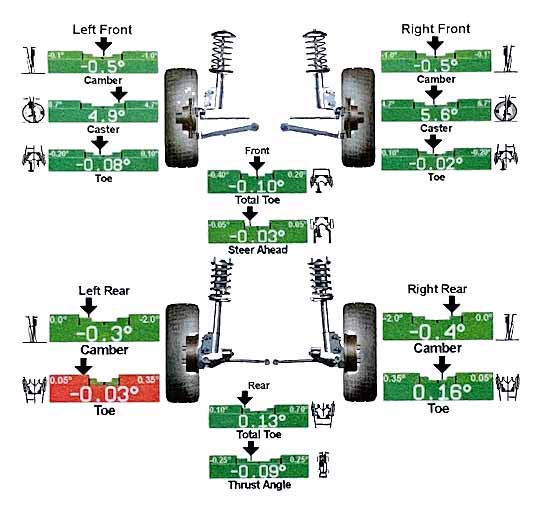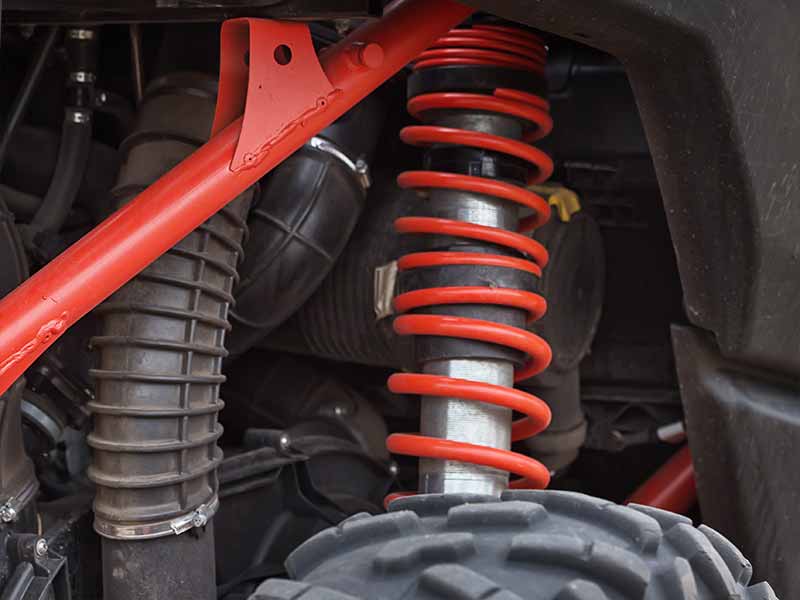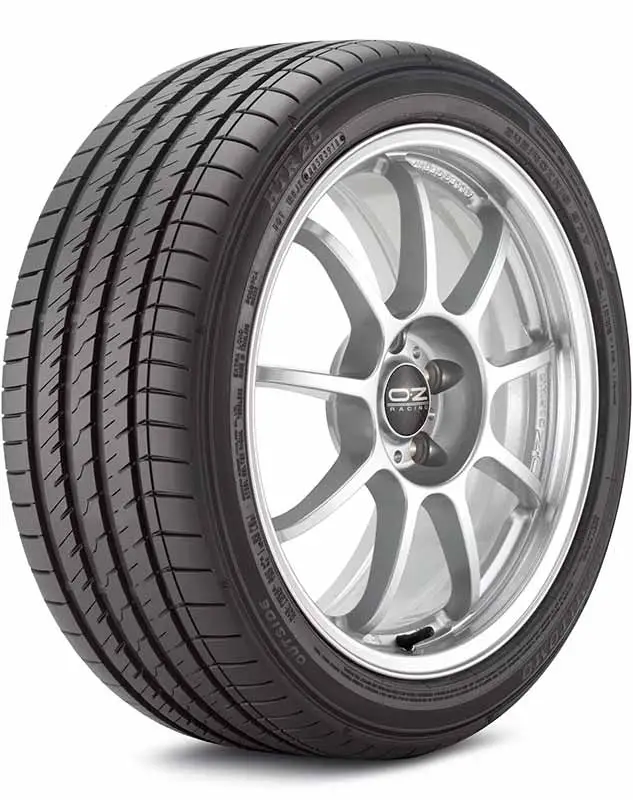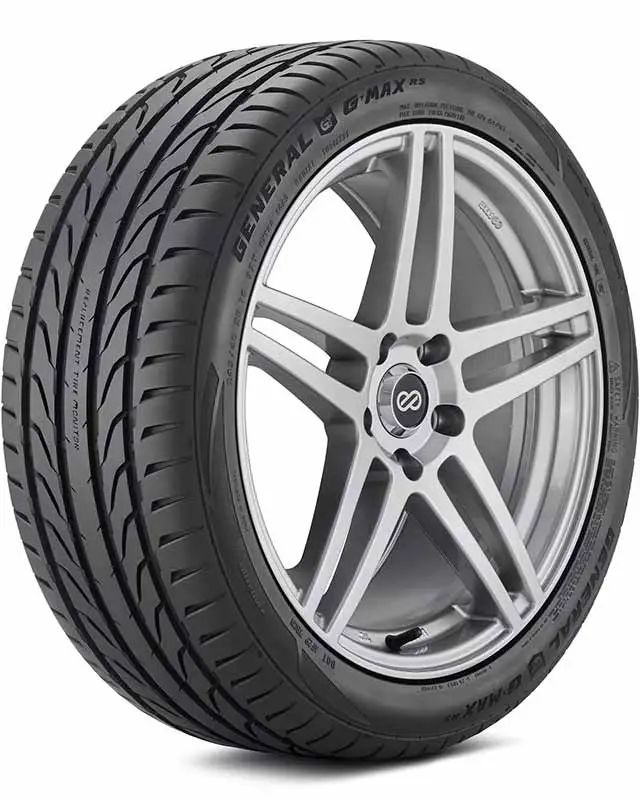In simple terms, caster is the wheel alignment angle of the steering axis in relation to the vertical axis of your vehicle. It’s important because it affects how your car or truck handles, especially when it comes to steering and stability.
What Is Caster?
Caster is the angle your vehicle’s steering axis tilts toward the front bumper or toward the driver. It’s important for handling and stability.
If you’re interested in learning more about how your car’s suspension system works and how it impacts your vehicle’s performance, then you’ve come to the right place. In this article, we’ll be taking a closer look at caster and what it means for your car’s handling, stability, and tire wear.
Let’s take a closer look.
Positive Caster
Positive caster is when the steering axis is tilted towards the rear of the vehicle. This means that when you turn the steering wheel, the front wheels rotate around a pivot point that’s located slightly behind the center of the wheel.
One of the benefits of positive caster is that it helps your vehicle self-center when you’re driving in a straight line. This means that your steering wheel will naturally return to its center position after you’ve made a turn. Positive caster also makes it easier to maintain a straight line when you’re driving at high speeds, as it helps keep your vehicle stable and prevents it from wandering side-to-side.
Another benefit of positive caster is that it provides better steering feel. This is because it causes the front wheels to lean in towards the turn, which helps create a more responsive and direct steering feel. Positive caster also helps improve your vehicle’s cornering ability, as it helps distribute the weight of the car or truck more evenly between the front and rear tires.

Negative Caster
Negative caster is when the steering axis is tilted towards the front of the vehicle. This means that when you turn the steering wheel, the front wheels rotate around a pivot point that’s located slightly in front of the center of the wheel.
In general, negative caster isn’t used on cars and trucks, as most vehicles are designed with positive caster for optimal handling and stability. Usually, when you hear discussion of negative caster, it’s really more about less positive caster than normal.
Adding some negative caster can provide some benefits in certain driving scenarios. For example, it can make your vehicle feel more responsive at low speeds, which can be helpful in stop-and-go traffic or when maneuvering in tight spaces. It can also make your truck more agile in off-road situations, where you need to navigate over uneven terrain and make frequent turns.
However, adding negative caster also has some drawbacks. It can reduce your vehicle’s stability at high speeds, making it more difficult to maintain a straight line or control your car or truck in windy conditions. It can also cause your vehicle to pull to one side, which can be frustrating to deal with on long drives.
Caster And Tire Wear
When your vehicle has positive caster, the car or truck’s weight is distributed more evenly between the front and rear tires, which can help reduce tire wear. Positive caster also helps keep your vehicle stable at high speeds, which can help prevent excessive tire wear from tire scrubbing or uneven wear patterns.
Caster angle settings are primarily for handling and stability. Generally speaking, caster doesn’t affect tire wear on road-going passenger vehicles since it is always positive. However, the other main wheel alignment angles of camber and toe significantly impact tire wear.

How To Adjust Caster Angle
One way to adjust caster angle is to use shims or wedges between the lower control arm and the steering knuckle. This can help tilt the steering axis forward or backward, depending on whether you need to increase or decrease the caster angle. This method can be effective, but it can also be time-consuming and require specialized tools and expertise.
Another way to adjust caster angle is to use adjustable ball joints or upper control arms. These components allow you to adjust the position of the upper ball joint, which can help fine-tune your vehicle’s caster angle. This method is often easier and more precise than using shims or wedges, but it can also be more expensive and require specialized parts.
Some coilovers will also have adjustable caster angle settings built into the mount at the top of the shock tower. This allows the top of the coilover to shift forward or backward to add or remove some caster angle. You can also purchase mounting plates that allow for adjustable caster and camber angle.
If you’re not comfortable adjusting the caster angle yourself, it’s important to have your vehicle inspected by a qualified mechanic or suspension specialist. They can help identify any issues with your suspension system and make any necessary adjustments to ensure that your vehicle is aligned correctly and optimized for optimal handling and stability.

Adjustable Caster/Camber Plates
Factors Affecting Caster
One major factor is the type of vehicle you’re driving. Different vehicles may have different caster requirements based on their weight, size, and intended use. For example, a sporty sports car may require a higher positive caster angle for optimal handling and stability, while a heavy-duty pickup truck may require a lower positive caster angle to help maintain a smooth ride over rough terrain.
Another factor that can affect caster angle is your driving style and habits. If you tend to drive aggressively or take sharp turns frequently, you may require a higher positive caster angle to help maintain control and stability. On the other hand, if you tend to drive more casually or primarily on smooth roads, a lower positive caster angle may be sufficient.
The condition of your suspension system can also impact your vehicle’s caster angle. Worn or damaged suspension components can cause your caster angle to become misaligned, which can lead to issues with handling, stability, and tire wear. Regular maintenance and inspections can help identify any problems with your suspension system and ensure that your vehicle is correctly aligned for optimal performance.
Finally, modifications to your vehicle’s suspension system can also impact your caster angle. If you’ve made any aftermarket modifications, such as lowering or lifting your truck or lowering your car, you may need to adjust your caster angle. This will make sure your vehicle is aligned correctly and optimized for your specific driving needs.

What Happens If Your Caster Is Out Of Alignment?
If your caster angle settings are outside the manufacturer’s specifications, you’ll experience pulling to one side or the other, depending on which side is more misaligned. Your steering wheel will also return to center more slowly or stay centered less easily.
Too much positive caster angle increases steering effort, which is not an issue for cars and trucks with power steering systems but can require significantly more effort when turning the wheels at low speeds.
Not enough positive caster angle reduces stability and makes your car or truck feel darty and unbalanced.
Resources
Below are some links you may find helpful when learning about tires
Final Thoughts
We hope this article has helped shed some light on this important aspect of your vehicle’s suspension system and how it impacts your car’s handling, stability, and tire wear. Whether you’re a casual driver or a serious gearhead, understanding caster angle and its role in your vehicle’s performance can help you make informed decisions about maintenance, upgrades, and modifications.
If you’re experiencing any issues with your vehicle’s handling or tire wear, be sure to have your alignment checked and caster angle inspected by a qualified mechanic or suspension specialist.
Good luck and happy motoring.




